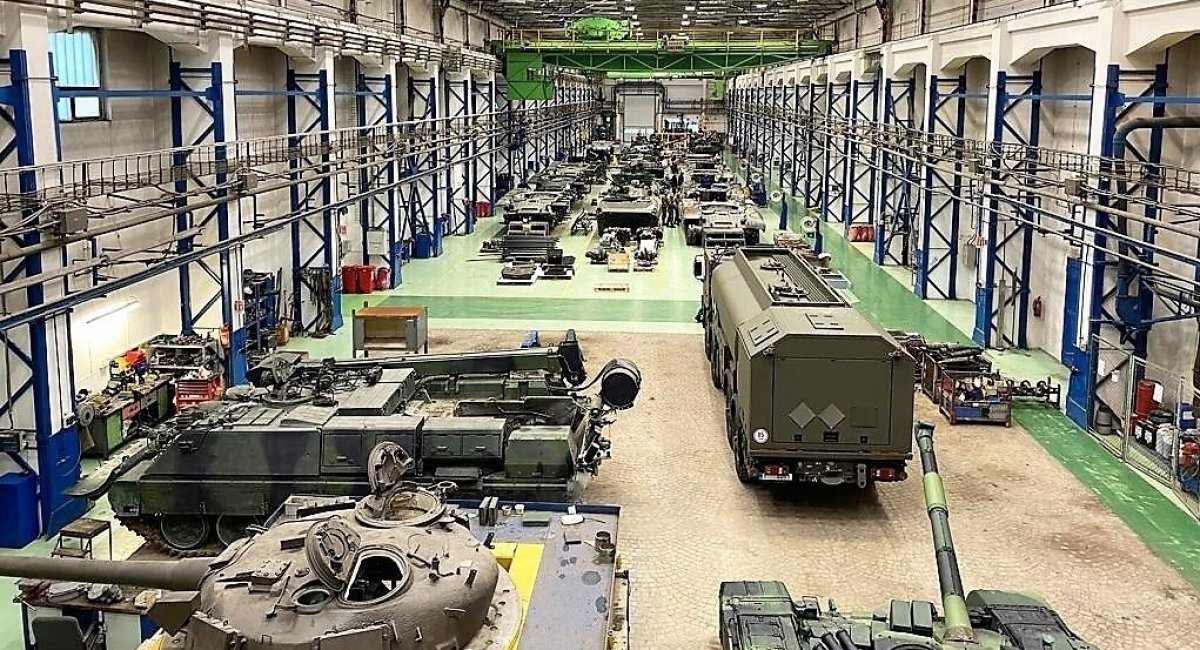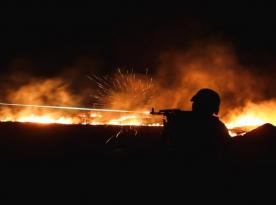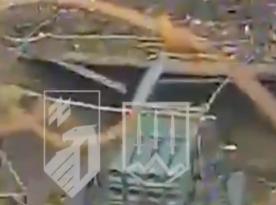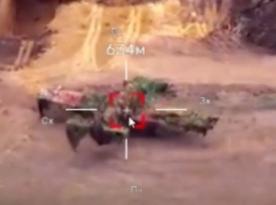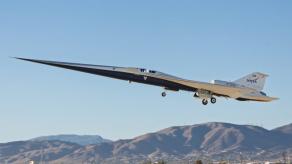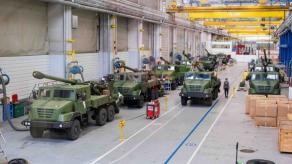Should the United States ultimately decide to pull back and relinquish its role in ensuring European security, European countries would need to invest an additional $1 trillion to build the necessary military capabilities.
According to a recent report by the International Institute for Strategic Studies (IISS), around one-third of that amount (at least $344 billion) would need to be spent directly on weapons and military hardware. The list of required systems is staggering, including a minimum of 400 fighter aircraft and 600 main battle tanks, along with numerous other types of armament.
Read more: Hedgehog 2025: NATO Drills with HIMARS, Challenger 2 tanks and Heavy Artillery to Deter russia
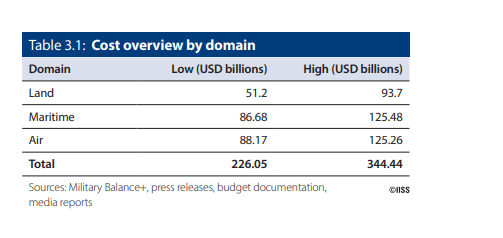
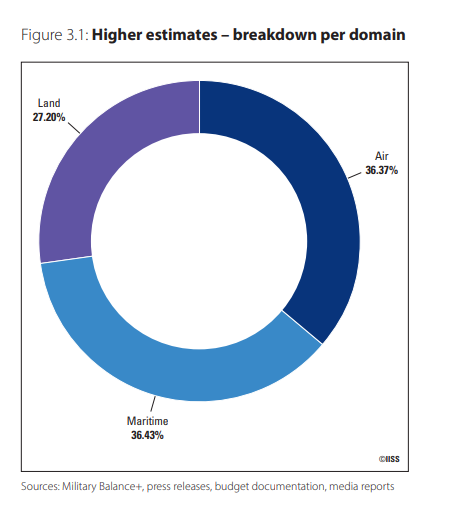
From a financial perspective, IISS estimates that over 70% of total rearmament costs would go toward air and naval forces. This may seem paradoxical, considering the primarily land-based nature of a potential conflict with russia. However, the imbalance is due largely to the high unit cost of air and naval platforms rather than operational priorities.
Looking at the ground forces alone, the figures remain daunting. In addition to the 600+ tanks, Europe would need 800 tracked infantry fighting vehicles, 900 heavy tracked armored personnel carriers, 400 wheeled armored combat vehicles, and 4,200 protected mobility vehicles.

The artillery and missile component adds further demands: 100 wheeled self-propelled howitzers, 100 tracked self-propelled howitzers, 100 multiple launch rocket systems, and 400 operational-tactical missile systems with ballistic missiles. On top of this, there would be a need for 110 self-propelled anti-aircraft guns, 24 Patriot or SAMP/T air defense batteries, three ballistic missile defense systems (THAAD or Aegis Ashore), and 20 ground-based launchers for long-range cruise missiles.
In terms of combat aviation, beyond the 400 fighter jets, Europe would also require 200 attack helicopters, 15 maritime patrol aircraft, 35 anti-submarine helicopters, six AWACS aircraft, and eight electronic intelligence aircraft. The continent would also need 50 long-range reconnaissance UAVs, 50 heavy-lift helicopters, and 200 medium transport helicopters.

To arm these platforms, Europe would have to procure 3,000 long-range air-launched cruise missiles, 400 anti-radiation missiles, 200 air-launched anti-ship missiles, 1,200 short-range air-to-air missiles, and 2,500 medium-range air-to-air missiles.
Naval requirements are even more extensive. If the U.S. fully withdraws from European security, Europe would need to acquire two additional aircraft carriers and two amphibious assault ships, 20 destroyers, six frigates, and 10 multi-role nuclear-powered submarines. Supporting this fleet would require 2,700 long-range naval surface-to-air missiles, 700 medium-range SAMs, 1,200 sea-launched cruise missiles, 100 SM-3 interceptors, and 250 heavy torpedoes.
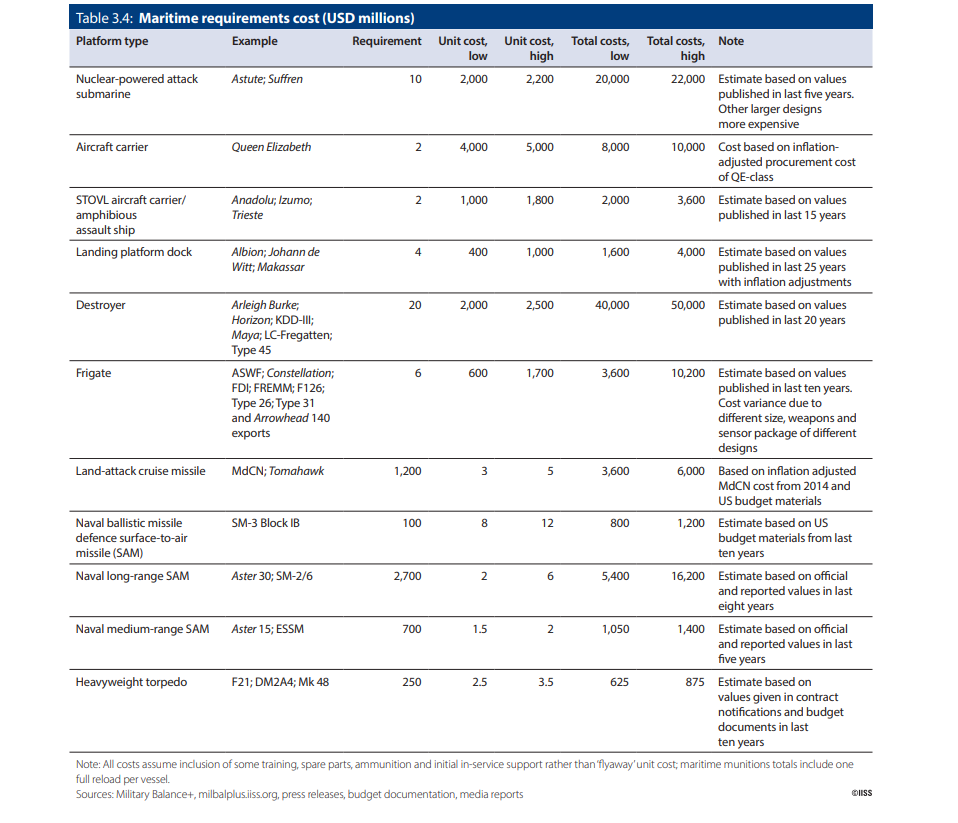
Defense Express emphasizes that the most difficult challenge for European governments may not be deciding to procure such an enormous arsenal – although that alone would be a massive undertaking.
The greater challenge will be finding the skilled workforce to produce this equipment domestically, and in parallel, recruiting and training the personnel needed to operate these systems in a potential war against russia.
Read more: From Orikhiv to the Élysée: Macron Sends Entire 2025 Production Run of CAESAR Howitzers to Ukraine After 65th Brigade Soldier’s Message




